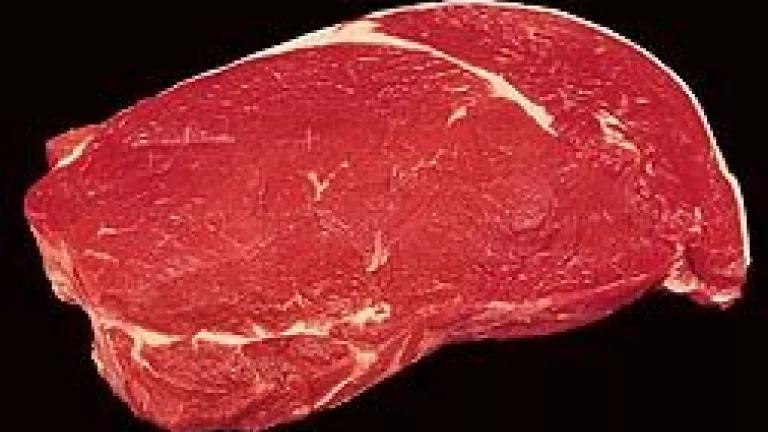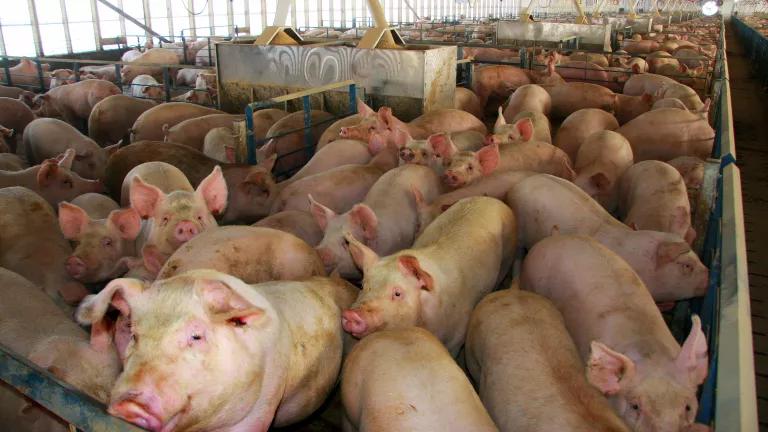Groups Release New Antibiotics Standard for Beef & Pork

NRDC and its allies released our 5th annual fast food antibiotics scorecard, Chain Reaction, last week. This year’s report graded the nation’s top 25 fast- and casual-food restaurant chains on antibiotic use policies for the beef they buy and serve. Nearly all of them had very poor grades, most of them “F”s.
Public health experts have long warned that when meat producers use human-class antibiotics routinely in herds of cattle or pigs it helps to drive drug resistance. This in turn helps to fuel the worsening epidemic of drug-resistant infections that now claim up to 162,000 human lives in the United States each year.
And yet responsible antibiotics practices for beef and pork producers haven’t really been spelled out in one place—that is, not until now.
New Certified Responsible Antibiotic Use (CRAU) standards for beef and pork lay out a very clear, auditable path—a path that restaurant industry laggards could require their meat producers to follow to in order to attain higher grades, and perhaps higher consumer satisfaction, as well.
The new standards are being administered by the Antibiotic Resistance Action Center (ARAC) at George Washington University’s Milken School of Public Health, which is expanding its existing CRAU program, under which poultry producers using antibiotics responsible have been certified since 2014. Many poultry companies now produce birds according to the CRAU label, and 90% of U.S.-sold chickens are now raised without antibiotics overuse.
NRDC led development of the new beef and pork standards, working closely with colleagues at George Washington University and the Food Animal Concerns Trust. We spent the past few years consulting with veterinary experts to develop a standard that is fully transparent and includes oversight and verification from an independent third party.
In order to get these recommendations into practice, the next step is for ARAC to market the new standards to the pork and beef industries, and to the restaurant chains and large institutions (schools, health systems, governments, etc.) that are their biggest customers.
If companies scoring low in this year’s Chain Reaction report are tired of dodging customer demands for a more responsible approach to antibiotics, they now know have a clear path forward.


